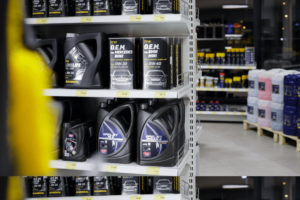Honda vehicles’ performance can be retained through regular maintenance is a must. Among others, one thing that can help is Honda brake fluid.
The Honda brake fluid converts force into pressure, increasing the stopping power of a vehicle’s braking system. On average, it needs a replacement once within two to three years to maintain its effectiveness. Watch out for signs that it is getting low, such as an illuminating brake light, longer response time, and requiring more force to activate the brake.
Read on to learn more about Honda brake fluid, including its composition and how often you need to change it.
What Is Honda Brake Fluid?
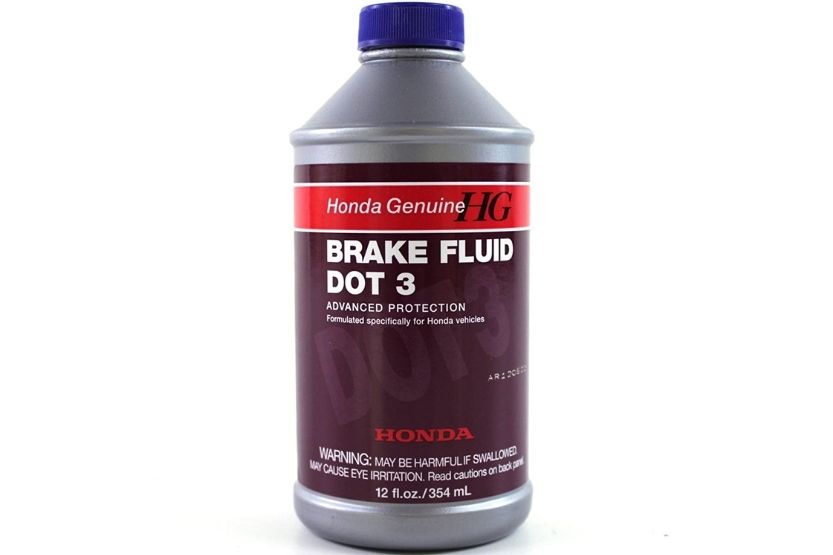
The Honda brake fluid is like all other brake fluid in terms of what it does, although its specific composition is different. It contains proprietary materials that make it stand out, promising a better performance even in the most challenging conditions. It converts force into pressure.
Hydraulic Braking System Relies on Fluid for Transferring Pressure to Activate Brakes
Honda cars come with a hydraulic braking system. This braking mechanism relies on fluid for transferring pressure to activate the brakes. The driver transmits a mechanical force to the brake pedal, converting it into hydraulic pressure through the master cylinder. In turn, it is sent to the disc or drum brake, which stops the vehicle from moving.
Components of a Car’s Hydraulic Brake
Your car’s hydraulic brake has several components, including:
- Master cylinder,
- Brake pedal,
- Mechanical linkage,
- Hydraulic line,
- Brake caliper, and
- Drum cylinder.
It is not enough that all these parts are working perfectly. You will need the right Honda brake fluid to ensure effectiveness and efficiency, ensuring a strong stopping power.
How Does a Honda Brake Fluid Work?
While the company exclusively develops a Honda brake fluid, it works the same as other brake fluids. It is a non-compressible substance because it is in its liquid form. The brake fluid goes through four different directions upon pushing the brake pedal. These are in the car’s four corners that connect to the wheels. The force indirectly applies to the brake rotors.
The first thing that happens when you press the brake pedal is a process known as depression. It results in pedal ignition and squeezing of the piston inside the calipers. This squeezing leads to the second process, increasing the forcing pressure inside the brake lines. It will activate the brake fluid, allowing it to do its job.
Why Choose Brake Fluids from Honda?
Technically, you can use any aftermarket brake fluid for your Honda car. The choices from other brands abound. Nonetheless, if you want the best outcome, we recommend using only those from the original equipment manufacturer, which should be from Honda.
Among others, below are some of the most compelling reasons to use a Honda brake fluid:
1. Exclusive Formula
It has an exclusive formula that works best for Honda vehicles, and you won’t find it in any other competing products.
2. Uses Top-notch Ingredients
The Honda brake fluid uses top-notch ingredients that retain its highest level of effectiveness within the change period the manufacturer recommends.
3. Thorough Testing
It went through full and thorough testing, ensuring its compatibility with different Honda engines.
4. Reduces Rust
It effectively reduces rust and corrosion in the metal components of your Honda braking system.
5. Minimal Water Absorption
There is minimal water absorption to guarantee the highest effectiveness even in challenging conditions.
6. Retain Composition Despite Adverse Conditions
The Honda brake fluid can retain its composition despite adverse conditions with a high boiling and wet point.
How Often to Change Honda Brake Fluid?
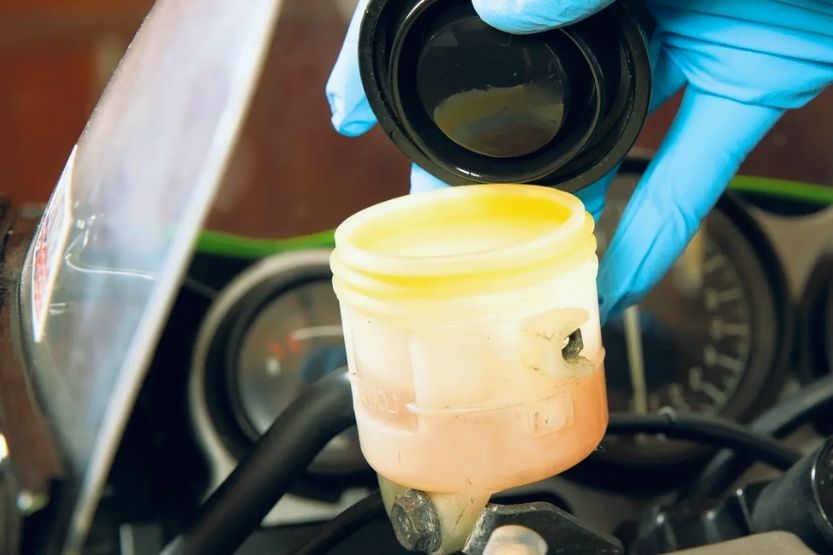
Change the Brake Fluid Once Every Three Years
It is not enough that you use Honda brake fluid. To ensure the best outcome, replace it based on the recommendations from the manufacturer. For most Honda cars, the company recommends changing the brake fluid once every three years. Many people change it at least once every two years. To be sure, consult the vehicle’s manual or ask your dealer.
Factors That Affect How Often Should You Change Honda Brake Fluid
Extent of Use and Car’s Speed
The duration of changing the Honda brake fluid depends on several factors. For instance, consider the extent of use and speed of your car. Faster cars with larger engines will require more frequent replacement. The brake fluid must be replaced once in one or two months for racing cars.
Brake Fluid’s Car
Another great way to check if the brake fluid warrants a replacement is by looking at its color. Usually, the brake fluid is clear with a slight yellowish hue. When it is contaminated, it turns black or dark brown. When such happens, it is a sign that you need to flush the old brake fluid.
Since Honda brake fluids are hygroscopic, they will absorb moisture. Over time, as moisture accumulates, water increases, and the boiling point decreases. It also deals with heat and other contaminants that can alter the chemical composition of the fluid. This will negatively impact the vehicle’s stopping power, so you must replace the fluid accordingly.
Ensure Perfectly Working Engine by Changing Coolant, Oil, etc.
It is not enough that you change the brake fluid. You might also need to change oil, engine coolant, and engine filter for maximum effectiveness. These are some of the most crucial components for a perfectly working engine and braking system.
Again, how often should you change Honda Brake Fluid? Change the Honda Brake Fluid every two to three years. Changing it will ensure a properly functioning brake system and safe travels. Watch out for the signs of running low brake fluid.
Signs That Your Brake Fluid Is Running Low
Is it time to change your Honda brake fluid? Do not be left guessing. Pay attention to some of the most common signs and symptoms, including the following:
- The brake warning light is illuminating
- Pressing the brake pedal requires more force or it feels spongy
- It takes longer for the brakes to respond than it would normally
- The brake fluid is dirty, discolored, or at a low level
How to Change Honda Brake Fluid
Replacing the brake fluid in Honda cars can be an easy DIY task. Here’s a quick guide on how you can do so:
1. Remove the Old Brake Fluid in the Master Cylinder Reservoir
Take out the cap covering the cylinder and drain as much liquid as possible. Transfer the fluid to a container and dispose of it properly. Alternatively, you can also use a turkey baster to make the removal quicker.
2. Wipe the Reservoir with a Clean Cloth
This way, no dirt, and debris will remain before you refill the cylinder with a new Honda brake fluid.
3. Replace the Reservoir with Your New Honda Brake Fluid
Replace the reservoir with your new Honda brake fluid. Use the right amount depending on the size of the canister. Again, you can use a turkey baster to minimize waste and mess. Most will have a max fill line, so you will know when it is enough. Once done, replace the cap tightly.
4. Bleed the Brakes
Refilling the reservoir isn’t the end of the task. You will need to bleed the brakes, which will push the old brake fluid outside the system and ensure that the new fluid will be running into your brakes. It will require pumping the brakes three times and holding the pedal. While the pedal is held, a second person will loosen the bleed nipple to release the old fluid.
Different Options for Brake Fluids for Honda Cars
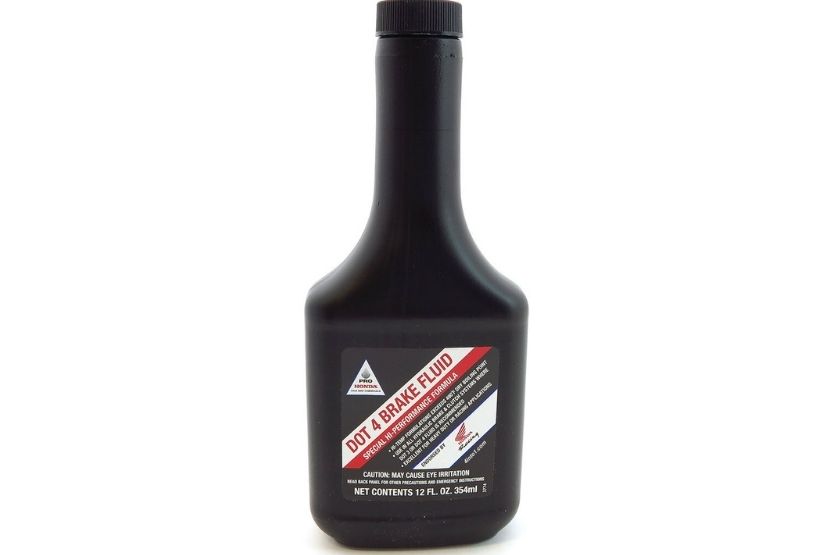
Are you looking for the right option for your Honda car? Below are some of the options that are worth considering. Make sure to match its compatibility with your vehicle.
1. Honda Heavy-Duty DOT 3 Brake Fluid
It is hard to go wrong with the Honda DOT 3 brake fluid. It offers advanced protection for Honda engines. This brake fluid has a minimum wet boiling point of 284° F. This brake fluid absorbs water to decrease the boiling point over time. You cannot use it in a car that requires DOT 4 or DOT 5 fluid.
2. Honda DOT 4 Brake Fluid
With its high-temperature formula, this brake fluid is made for racing applications. You can use it for all Honda vehicles with hydraulic brakes that require either a DOT 3 or DOT 4 brake fluid. The formula of this fluid allows it to reach a dry boiling point of 490° F. It has additional additives that prevent moisture formation.
The DOT 3 brake fluid is the more common option between the two. It has universal applications, unlike DOT 4, which is designed for heavy-duty vehicles.
3. Honda DOT 5 Brake Fluid
You do not need a DOT 5 brake fluid in most Honda cars. This is the most advanced formula and is not required. It has a silicone-based formula with a higher boiling point and thermal stability than other types.
Tips to Ensure the Honda Brake Fluid’s Effectiveness
Even if Honda brake fluid is known for its reliability, the effectiveness depends on many things, such as proper handling and storage. Take note of the tips below to ensure its highest level of effectiveness:
1. Follow the Intended Interval of Replacing the Brake Fluid
If you use your car often at high speeds and challenging conditions, you might need to replace it shorter than the manufacturer’s recommendation.
2. Store the Brake Fluid in Its Original Container
The latter is designed to protect its chemical composition. The cap should be tight. Also, you must keep it in a cool, dry, and dark place.
3. Do Not Reuse the Brake Fluid
Do not reuse the brake fluid you have drained from your Honda car. The main reason why you are draining it in the first place is that it is already old and ineffective.
4. Do Not Use Brake Fluid Exposed to Air and Other External Elements
Even if the brake fluid is new, do not use it if it has been exposed to air and other external elements. Moisture, dust, and oxygen will quickly contaminate the brake fluid, making it ineffective.
5. Fill the Reservoir Only until the Max Fill Line
The hydraulic fluid will expand once it gets hot. If you fill above the line the manufacturer recommends, there will be no room for the fluid as it boils, increasing the possibility of a leak.
6. Be Careful When Using the Brake Fluid
It contains chemicals that can have harsh effects on your skin and eyes. Wear gloves and goggles. If it gets in your eyes, rinse immediately.
7. Ask a Mechanic to Bleed the Brakes
Leave it to the pros if you are not confident of your DIY skills. While it is easy, the most complicated part is bleeding the brakes. This will require another person pressing the pedal while you are on the cylinder.
Conclusion – Honda Brake Fluid [What You Need to Know]
Honda brake fluid is a must-have to keep the peak functionality of your car’s braking system. It transforms force into pressure, creating an immediate stopping power. Without this fluid, your car won’t be responsive upon engaging the brake pedal, compromising your safety.
The most popular option for a Honda brake fluid is the Honda Heavy-Duty DOT 3 brake fluid. Over time, it absorbs moisture, which can make it less effective. It is recommended that you change the brake fluid once in two to three years.

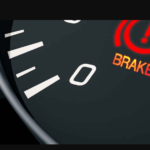



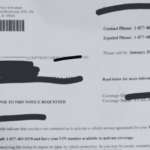

![Read more about the article How Much Is an Oil Change at Jiffy Lube [Service Costs]](https://roadsumo.com/wp-content/uploads/2021/10/how-much-is-an-oil-change-at-jiffy-lube-300x200.jpg)

